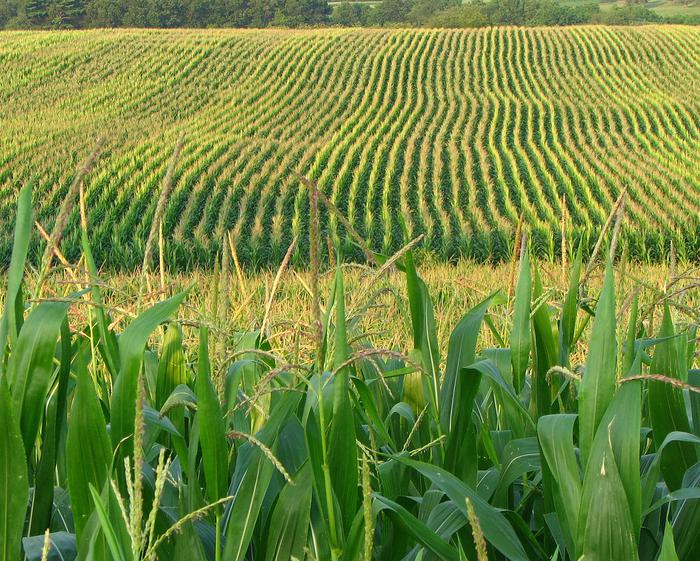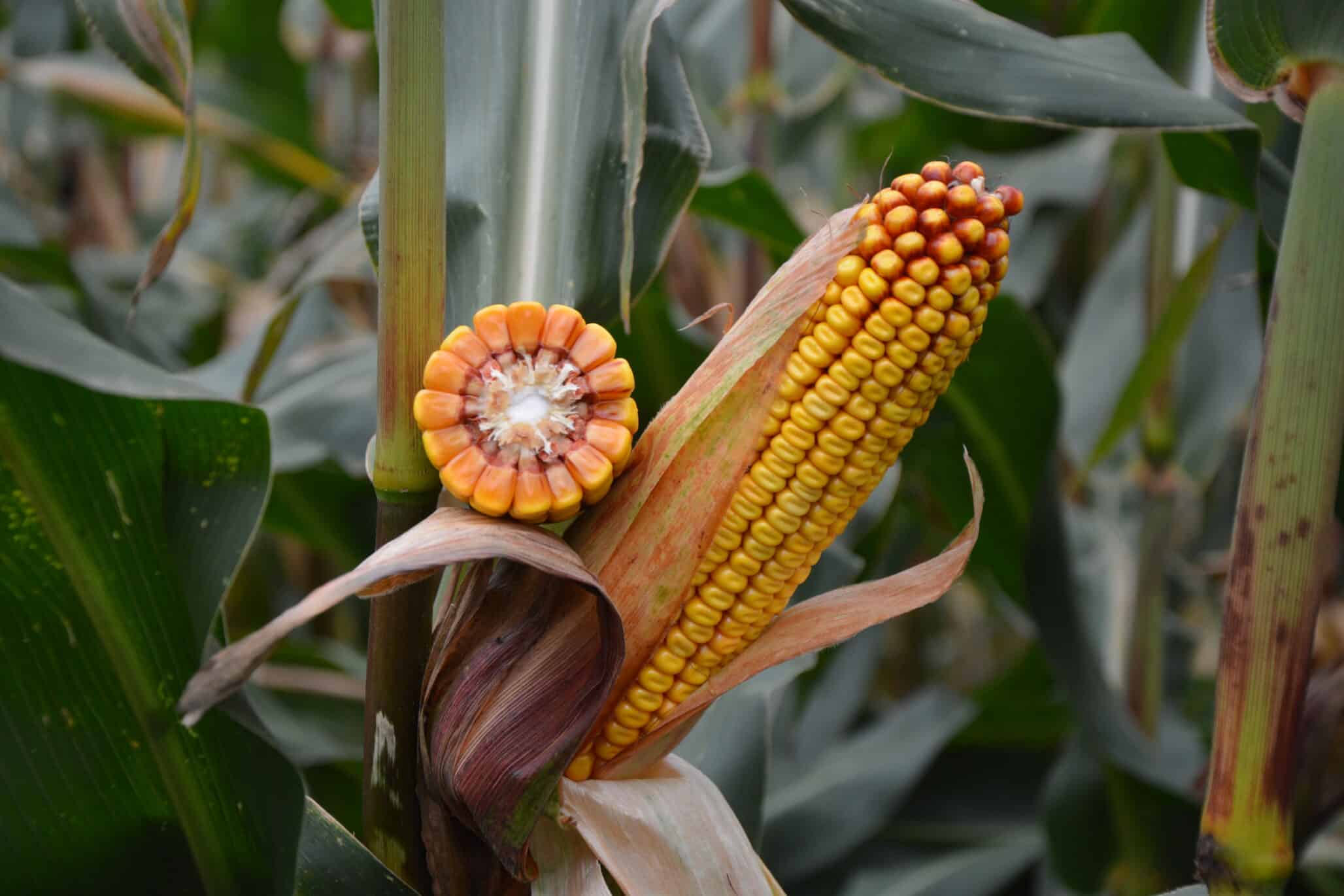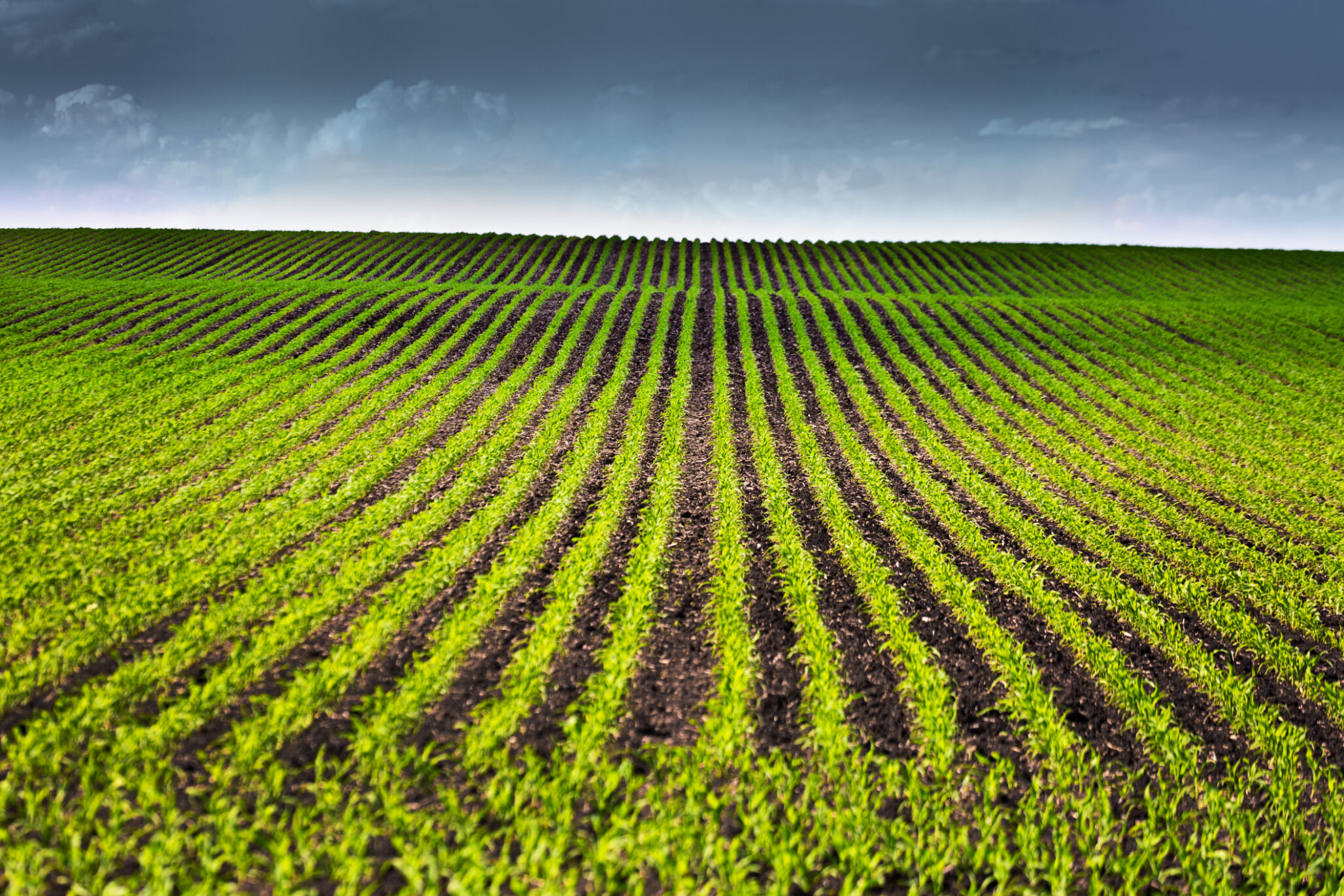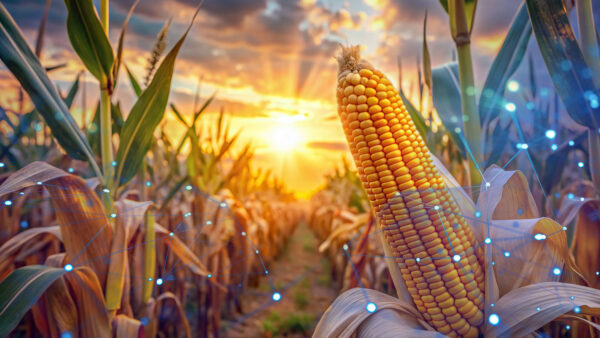University of Washington uses climate modelling to identify key characteristics for climate resilient corn.
University of Washington researchers combined climate projections with plant models to determine what combination of traits might be best adapted to future climates, according to a release. The study used projections of weather and climate across the U.S. projected to 2050 and 2100 alongside a model that simulates corn’s growth to find the mix of traits that will produce the highest, most reliable yield under future conditions across the country.
“Hotter temperatures like those we expect in the future will make crops grow faster, but the crop will not be as productive. Of course, shifts in precipitation also affect their growth in different locations, though that has less impact overall, and particularly for agricultural crops that rely on irrigation,” Abigail Swann, UW professor of atmospheric sciences and biology, and the lead author of the study, said.
A future climate, which is expected to be hotter, drier, and higher in carbon dioxide concentration, will impact corn yield significantly. A previous study by Swann’s team found that higher temperatures and drier air lead to a decrease in yields, while higher CO2 levels increased yields. However, the increase in yield from the higher CO2 concentration was not enough to offset the losses from the heat and lack of moisture, resulting in decreasing yields overall.
“While we can adapt by moving existing crop varieties closer to the poles, where the air is cooler, shifting existing varieties to new places isn’t enough to make up for the loss in crop yield that we expect in a hotter climate,” she said.
“We need new crops for the new climate.”
The study looked at 100 different corn varieties and found that those that will be most successful in the future are not varieties that are successful now.
As producers know, corn plants must switch from growing leaves to growing grain at some point in the season. The most successful varieties today don’t grow very many leaves, instead they switch early in the season to growing grain.
Prioritizing leaf growth could potentially allow the plant to increase photosynthesis, increasing how much grain it could grow. That doesn’t align well with today’s need for a short growing season.
However, with higher temperatures predicted for the future, it may be possible to plant corn earlier and harvest it later in the season. This longer growing season would allow it to grow more leaves and still have adequate time to grow grain.
“In this sense, the corn plants of the future can have their cake and eat it too,” Swann said.
While this might sound like good news – and it is, to a point – the challenges of a more extreme future climate will negatively impact corn overall.
“While corn will be able to grow more leaves and still have plenty of time to grow grain, the adverse impacts of hot temperatures and drier air will decrease the overall yields. Growing more leaves and having a longer growing season help buffer these adverse impacts, but overall, all the corn plants we simulated did worse under future climate conditions,” she said.
Swann’s study found that varieties that exist today won’t thrive under future conditions. However, she said that new breeding tools like CRISPR allow plant breeders to create plants with many of the necessary climate resilient characteristics quite quickly.
“That part of the process is surprisingly fast, so we can create and trial new plant varieties before they are needed,” she said.
“With simulations we can test a much wider range of possible combinations of characteristics that could work well for a new variety and use that knowledge to guide the first stages of breeding. This can speed up the breeding process and accelerate our ability to adapt to a changing climate. It also gives us information about what characteristics we might try to create that are farther from our existing varieties.”
Swann and her team hope to work with breeders to develop optimal varieties for a changing climate. They also want to conduct similar studies on other major global crops, in hopes of finding sustainable, long-term solutions for producers worldwide.
“We will need to adapt agriculture in many ways to support a growing population with a growing demand for food, combined with the loss in crop yield that we expect as climate gets hotter,” she said.
“Although we focus on corn for this study, we see our work as a demonstration of an approach that can be applied to any crop, and so more of a blueprint of how we can incorporate the expected impacts of climate change into the breeding of new crop varieties.”












